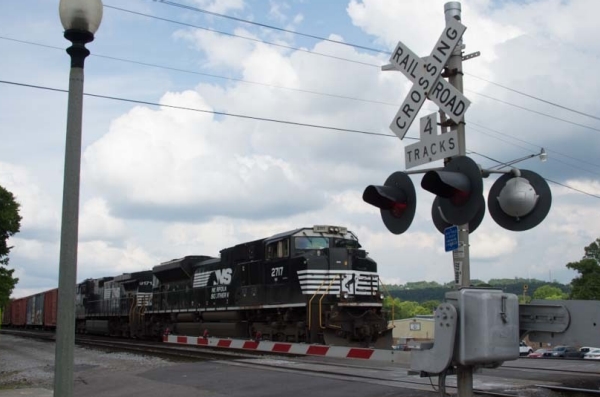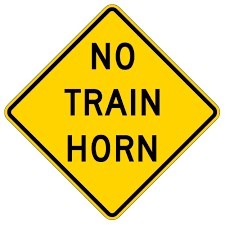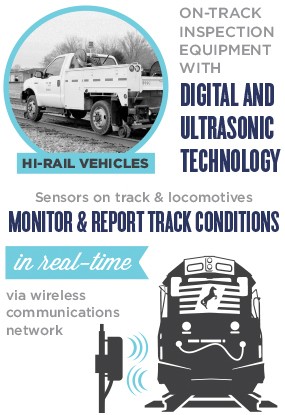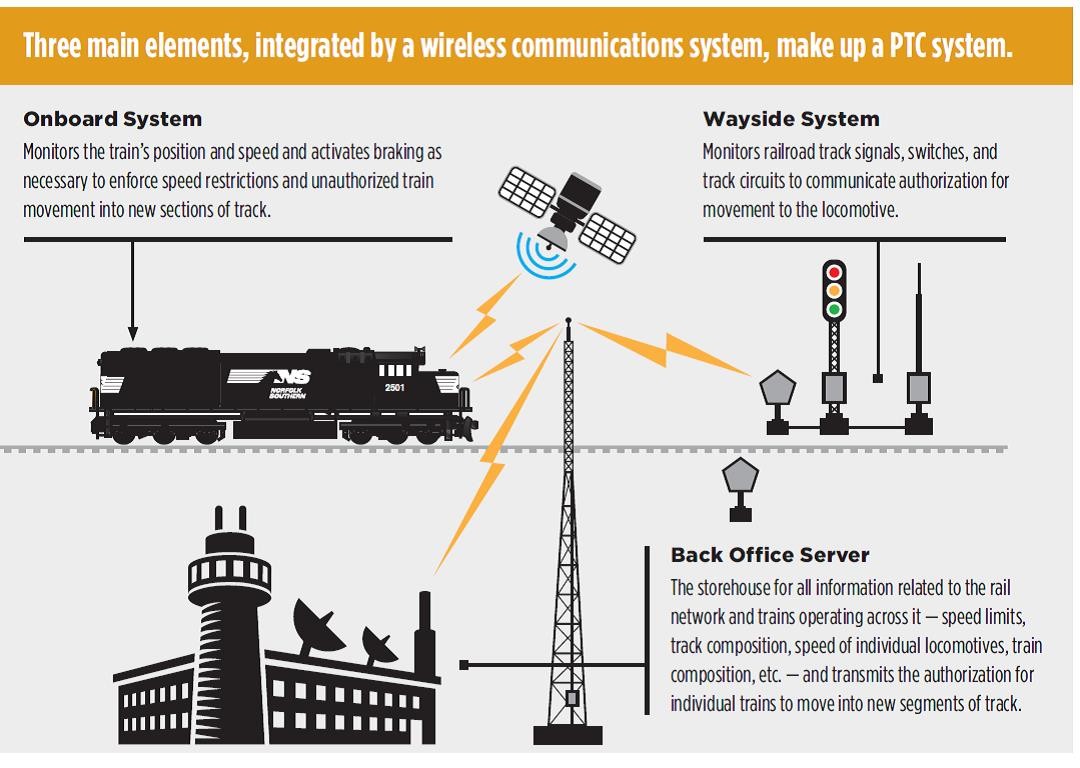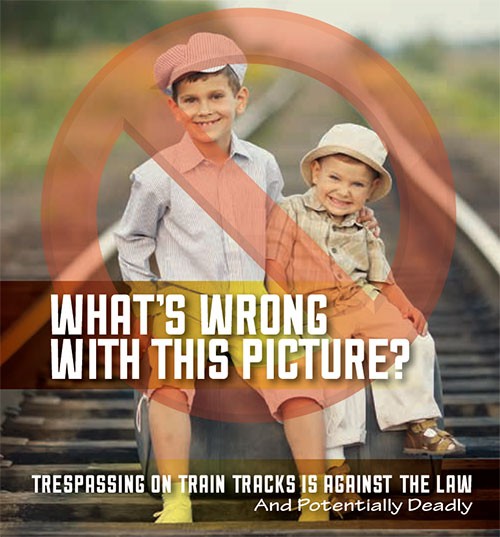Norfolk Southern rarely slows or stops trains for public events and strongly recommends that organizers make every effort to conduct their events well away from railroad tracks and other railroad property.
This helps ensure the safety of event participants, railroad employees, communities, and the public. Train schedules can be unpredictable, and railroad property is not meant for public use. In fact, incursion onto railroad property is trespassing.
If an organizer believes there is no safe and reasonable alternative to conducting an event in which people or vehicles must cross the railroad tracks at a public crossing, the organizer is required to provide adequate public safety protection for all participants.
Organizers also must notify Norfolk Southern of the event well in advance by calling Norfolk Southern’s Police Communication Center at 800-453‐2530 and providing the information below. NOTE: Providing this required notification does not authorize, approve, or otherwise grant permission for any event organizer or participant to cross railroad tracks or access railroad property.
- Primary Contact Name (Day of Event)
- Primary Contact (Phone/Email)
- Type of Event
- Event Location (City, State)
- Crossing DOT #
- Event Date(s)
- Event Start and End Time(s)
Your neighbors and business partners at Norfolk Southern understand that nothing is more important than safety for individuals and safety for our train operations. We appreciate the cooperation of event planners and participants who share this outlook.

